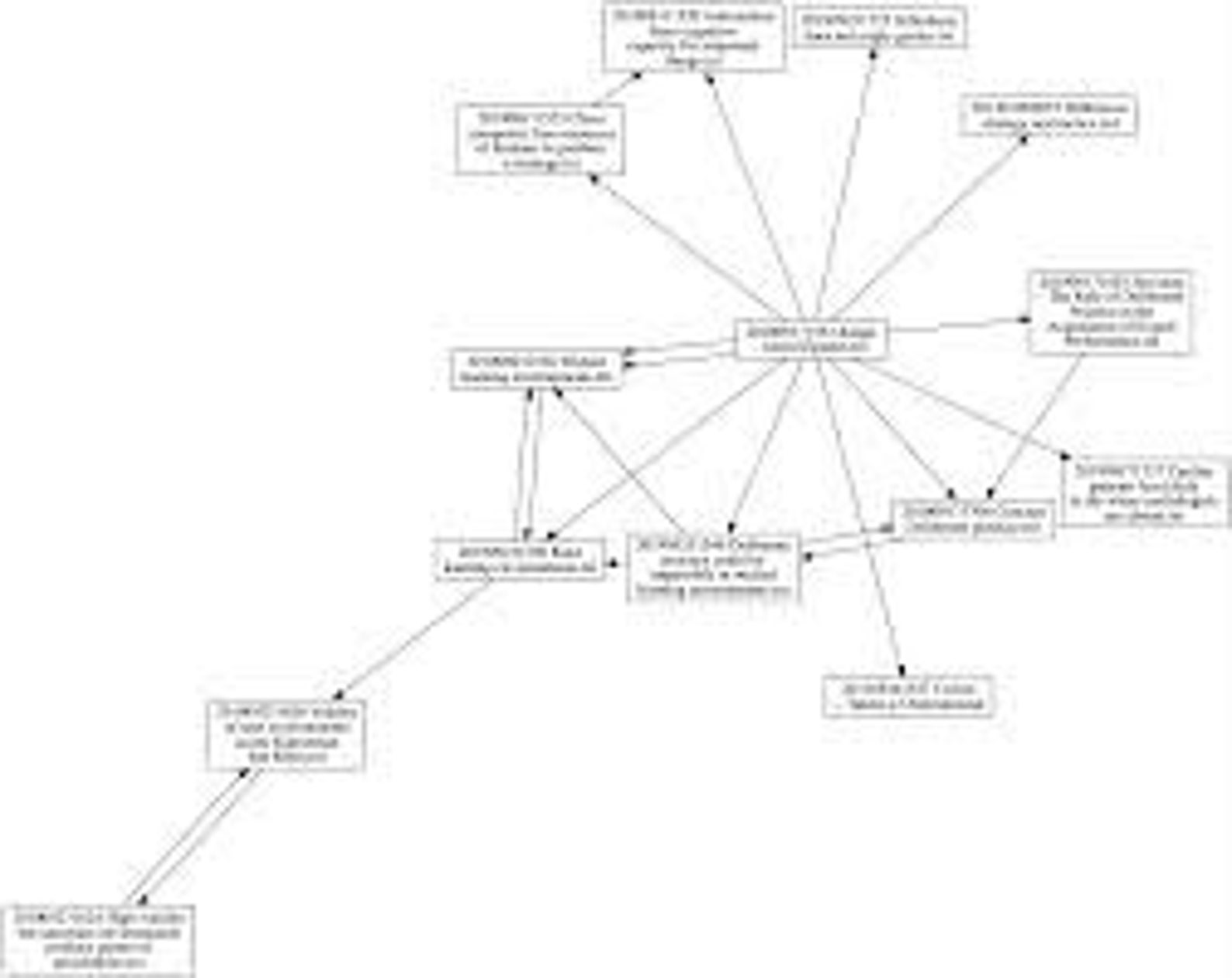

Epstein praises the figlie del coro as a shining example of how flexibility and motivation are key factors in success. Epstein tells the story of 18th-century composer Antonio Vivaldi and the figlie del coro, a group of orphans living in a religious institution, who developed into one of the most elite musical groups of the day despite their humble origins, the fact that they had little time to practice, and their custom of switching instruments as needed instead of focusing on the mastery of one. Such environments demand alternative methods of working.Ĭhapter 3 (“When Less of the Same is More”) examines music, another field (like chess and sports) in which highly focused and intensive practice from an early age is prized. These are ones in which rules or guidelines are unclear or unknown, it can be difficult or impossible to assess outcomes (at least in the short term), and feedback is negligible or nonexistent. Chapter 2 (“How the Wicked World Was Made”) follows up by explaining the opposing concept of “wicked” environments. Sports and chess are examples of kind environments. However, Epstein points out, the version of training they received is only suitable to so-called “kind” environments, in which rules are clear, outcomes are definitive, and feedback is swift. Laszlo Polgar trained his daughters from an early age to become masters of chess, and they did indeed achieve exceptional success. Epstein draws on these contrasting stories to introduce one of the basic points of Range: while sustained, focused training from an early age can lead to some versions of success, many fields and individuals benefit from the many other paths of development that exist.Ĭhapter 1 (“The Cult of the Head Start”) expands on the book’s introduction by telling the story of the Polgars, a family that includes several famous chess champions. Woods was made to practice golf intensively from a very young age while Federer was given the freedom to explore a number of sports and only settled on tennis in his late teens by his own choice. While both men have become some of the most elite athletes in history (in the sports of golf and tennis, respectively), their paths to success look very different.


In the “Introduction,” Epstein introduces the contrasting stories of Tiger Woods and Roger Federer.


 0 kommentar(er)
0 kommentar(er)
